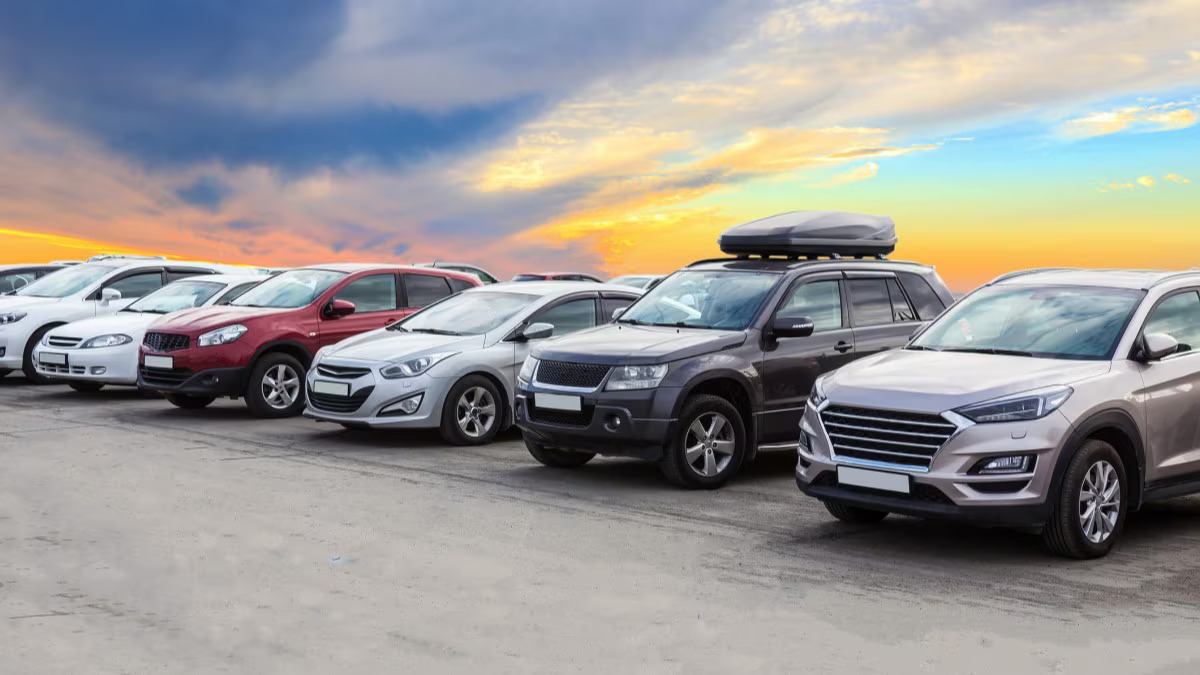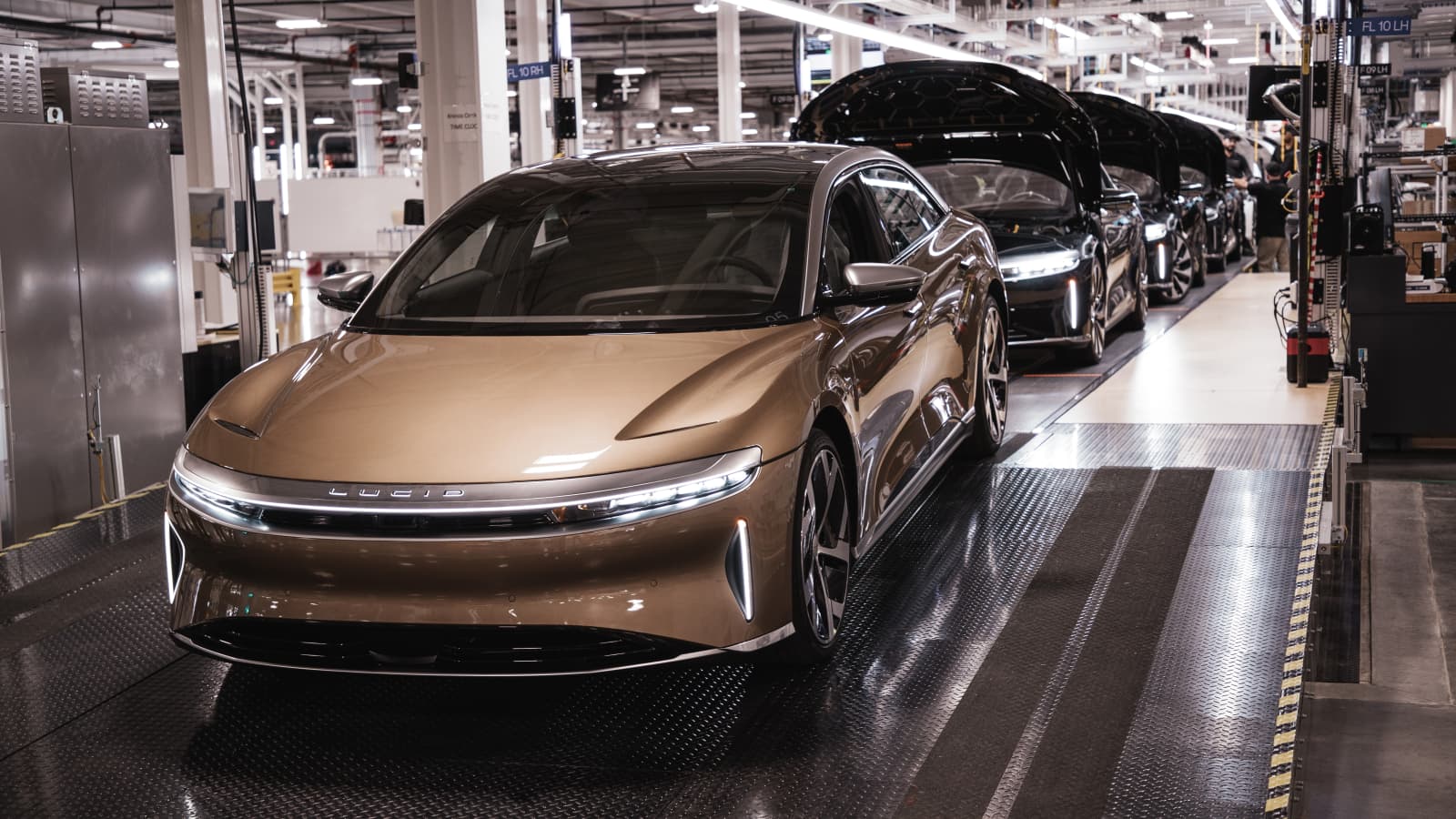Car manufacturers like Ford, General Motors (GM), and Stellantis are adopting a new strategy to sustain high vehicle prices by intentionally limiting the variety of options available on dealership lots. After recovering from the challenges posed by COVID-19, factory shutdowns, and the chip shortage, these companies are seeing more cars make it to dealership lots. By reducing the range of vehicles available, automakers are hoping to keep prices high and profits flowing. Despite an increase in the number of cars available, companies are intentionally restricting choices to avoid overproduction and maintain control over inventory.
Managing Inventory to Optimize Profits
While automakers had previously struggled with supply chain constraints, such as the chip shortage, they are now looking to control inventory levels more carefully. According to Deutsche Bank analysts, by the end of March, car manufacturers had higher-than-average vehicle inventory levels compared to the overall industry, with some companies carrying up to 69 days’ worth of inventory. However, rather than allowing dealerships to be stocked with an abundance of cars, automakers are opting for strategic downtime at production plants to limit output. This approach ensures that supply remains in check and, in turn, supports sustained profit margins.

This shift in strategy marks a significant departure from traditional automotive business practices in the U.S. Prior to the pandemic, automakers focused on producing high volumes of vehicles to maximize market share. Now, the industry’s focus is moving toward profit maximization rather than sheer volume. By limiting the availability of cars, companies can drive up prices and avoid discounting. As a result, fewer models are being produced, and base trims are being canceled or significantly reduced, which helps to maintain higher profit margins.
Impact of Limited Inventory on Car Buyers
For car buyers, the shortage of options means they may find fewer vehicles available on dealer lots, and the choices that are present could come with higher price tags. Even though vehicle inventories have increased in recent months, the average transaction price for new cars remains high, reaching $48,008 in March. While some segments, like compact and midsize SUVs, continue to be in demand and command higher prices, automakers are reducing production of less popular models like sedans, which may offer opportunities for deals. Still, the overall message is that buying a car in this environment is unlikely to be as easy or affordable as before the pandemic.
Shoppers should not assume that low inventory is solely the result of high demand. Automakers are deliberately controlling production to create the perception of scarcity, which can help keep prices elevated. In fact, fewer cars available at dealerships may be a strategic move rather than a reflection of overwhelming consumer interest. While some vehicle categories will always see high demand, such as SUVs, others are being purposely underproduced, potentially offering buyers an opportunity to find deals in less popular segments. Ultimately, the industry’s shift toward profits over volume is reshaping the car-buying experience.

